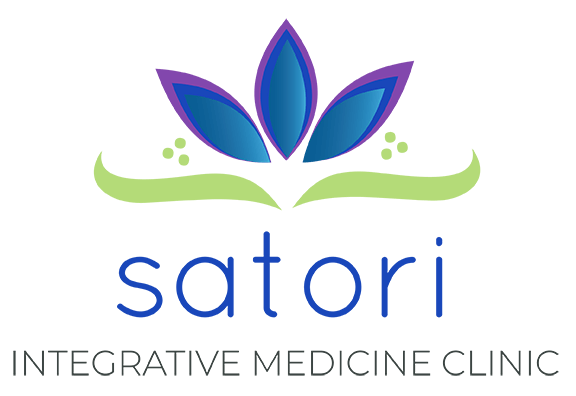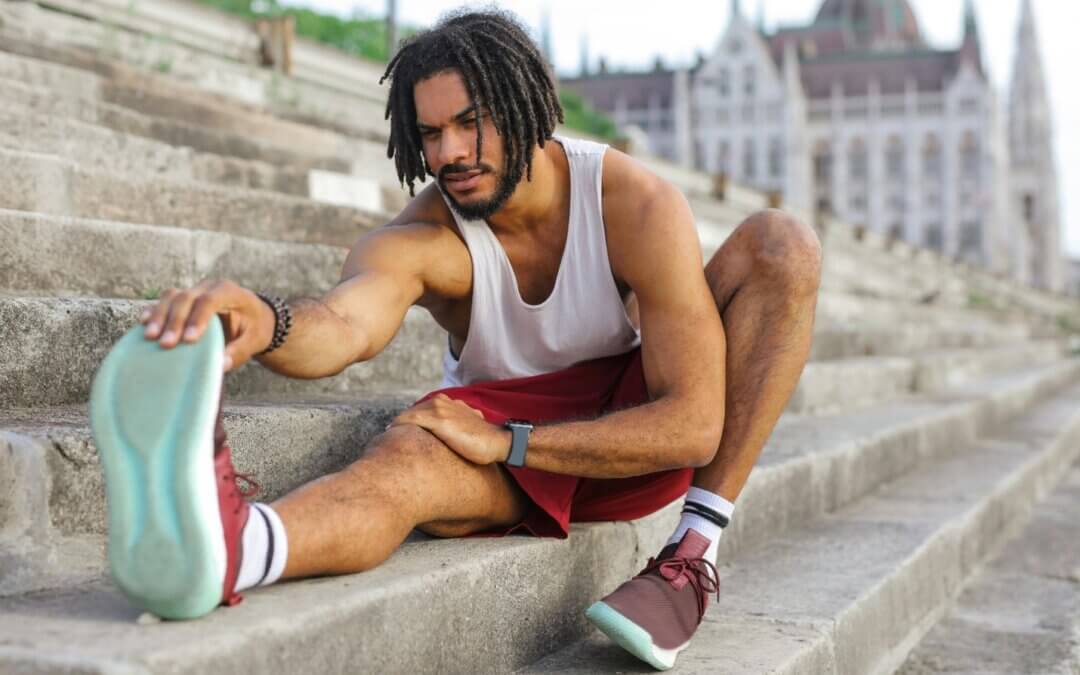Our One Good Thing feature this month invites you to get acquainted with your calf muscles and offers an effective stretch that just about everyone can do. Stretching out the calf muscles provides several benefits for both physical performance and overall health.
Benefits of Stretching Out the Calf Muscles
Incorporating calf stretches into your routine can significantly contribute to overall leg health and performance.
- Improved Flexibility: Regular calf stretches can enhance the flexibility of the muscles and tendons. This makes it easier to perform daily activities and exercises with better range of motion.
- Reduced Muscle Tightness: Stretching helps alleviate tightness in the calves, which can be the result of prolonged sitting, standing, or intense physical activity. This can help prevent discomfort or cramping.
- Enhanced Circulation: Stretching the calves improves blood flow to the muscles and tissues. This supports recovery and reduces the risk of muscle fatigue or injury.
- Prevention of Injury: Flexible and well-conditioned calf muscles are less likely to suffer from strains, sprains, or tears, especially during activities like running, jumping, or climbing. In addition, stretching out the calves can help prevent foot injury and conditions such as plantar fasciitis.
- Improved Posture and Balance: The calves play a key role in maintaining proper posture and balance. Stretching them can help keep the body aligned. This reduces the risk of misalignment-related issues.
- Reduction of Muscle Cramps: Stretching before and after exercise can reduce the likelihood of calf cramps, especially during physical activities that place stress on the lower legs.
- Increased Performance: Stretching the calves can enhance athletic performance by improving the flexibility and strength of the lower legs. This is beneficial for activities like running, jumping, and cycling.
- Pain Relief: Stretching the calf muscles can help relieve discomfort associated with conditions such as plantar fasciitis or Achilles tendonitis by promoting better movement and reducing stress on these areas.
Fun Facts About the Calves
These amazing muscles contribute to a wide range of activities that we often take for granted!
- Two Main Muscles: The calf is primarily made up of two muscles — the gastrocnemius and the soleus. The gastrocnemius is the larger, more visible muscle that forms the bulk of the calf. The soleus is located underneath and provides stability for standing.
- Great for Sprinting and Jumping: The gastrocnemius is particularly active during activities like sprinting or jumping because it helps propel the body upward and forward. It’s one of the primary muscles used in explosive movements.
- “Second Heart”: The calf muscles are often referred to as the “second heart” because they play an important role in pumping blood back up to the heart. Every time they contract, they help push blood upward through the veins, aiding circulation.
- They Are “Workhorse” Muscles: The soleus muscle is involved in endurance activities like walking and standing. Unlike the gastrocnemius, it doesn’t get tired as quickly and can work for long periods without fatiguing.
- Ankle Power: The calf muscles are crucial for controlling foot movement, especially in activities that involve pushing off the ground, such as running, walking, and climbing stairs. They are also involved in controlling the downward motion of the foot during walking or running.
- Stretching for Flexibility: Regular calf stretches can improve flexibility, helping reduce the risk of strains and injuries, particularly for athletes. Tight calves are also linked to problems like plantar fasciitis or Achilles tendonitis.
- Muscle Imbalance: Calf strength often gets overlooked in workouts, but weak calves can lead to imbalances, resulting in issues with posture and even affecting other parts of the body, such as the knees and hips.
- High-Endurance Muscles: While the gastrocnemius is fast-twitch (designed for quick, powerful movements), the soleus is slow-twitch, designed for endurance. This combination allows your calves to function well for both quick bursts of activity and long periods of use.
- Important for Balance: Strong calf muscles help you maintain balance, especially when standing on one foot or performing activities like yoga or Pilates.
- They Can “Pump” Up: Like other muscles in the body, calf muscles can grow stronger and more defined with exercise, particularly exercises like calf raises or resistance training that target the calves directly.
A Simple Stretch for the Calves
Now, for the stretch:
- Stand facing a wall or doorway, about a foot away.
- While keeping your heel on the floor, place the ball of your foot as high on the wall as you can, using the wall or doorway for balance. Your back leg is further behind, holding your body weight as you do this. As you practice this stretch, adjust as needed to find your own perfect distance from the wall and placement of your legs. As your calf muscles grow more limber, you may adjust your position.
- Gradually give more weight to your front leg as you feel sensation in the calf muscles. Shift your hips closer to the wall. Hold for 30-60 seconds, taking smooth deep breaths. Repeat 3-5 times.
- Switch positions with your legs and repeat the stretch on the 2nd leg.
We favor this stretch because just about everyone can do it, regardless of fitness level or flexibility. See below for additional information and more stretches if you are inspired for more.
More Reading
- Your ‘second heart’ is key to good health: How to activate it now with 1 step – https://www.today.com/health/diet-fitness/what-is-the-second-heart-rcna117576
- Why Is the Calf Muscle Considered the Second Heart? – https://personalbestfitness.com/why-is-the-calf-muscle-considered-the-second-heart/
- 11 Essential Calf Stretches to Loosen Up Your Lower Legs – https://www.self.com/gallery/essential-calf-stretches
- Current Concepts in Muscle Stretching for Exercise and Rehabilitation – https://pmc.ncbi.nlm.nih.gov/articles/PMC3273886/
- Subtalar Joint Position During Gastrocnemius Stretching and Ankle Dorsiflexion Range of Motion- https://pmc.ncbi.nlm.nih.gov/articles/PMC2267329/
- Effectiveness of Gastrocnemius-Soleus Stretching Program as a Therapeutic Treatment of Plantar Fasciitis- https://pmc.ncbi.nlm.nih.gov/articles/PMC8956500/


Recent Comments